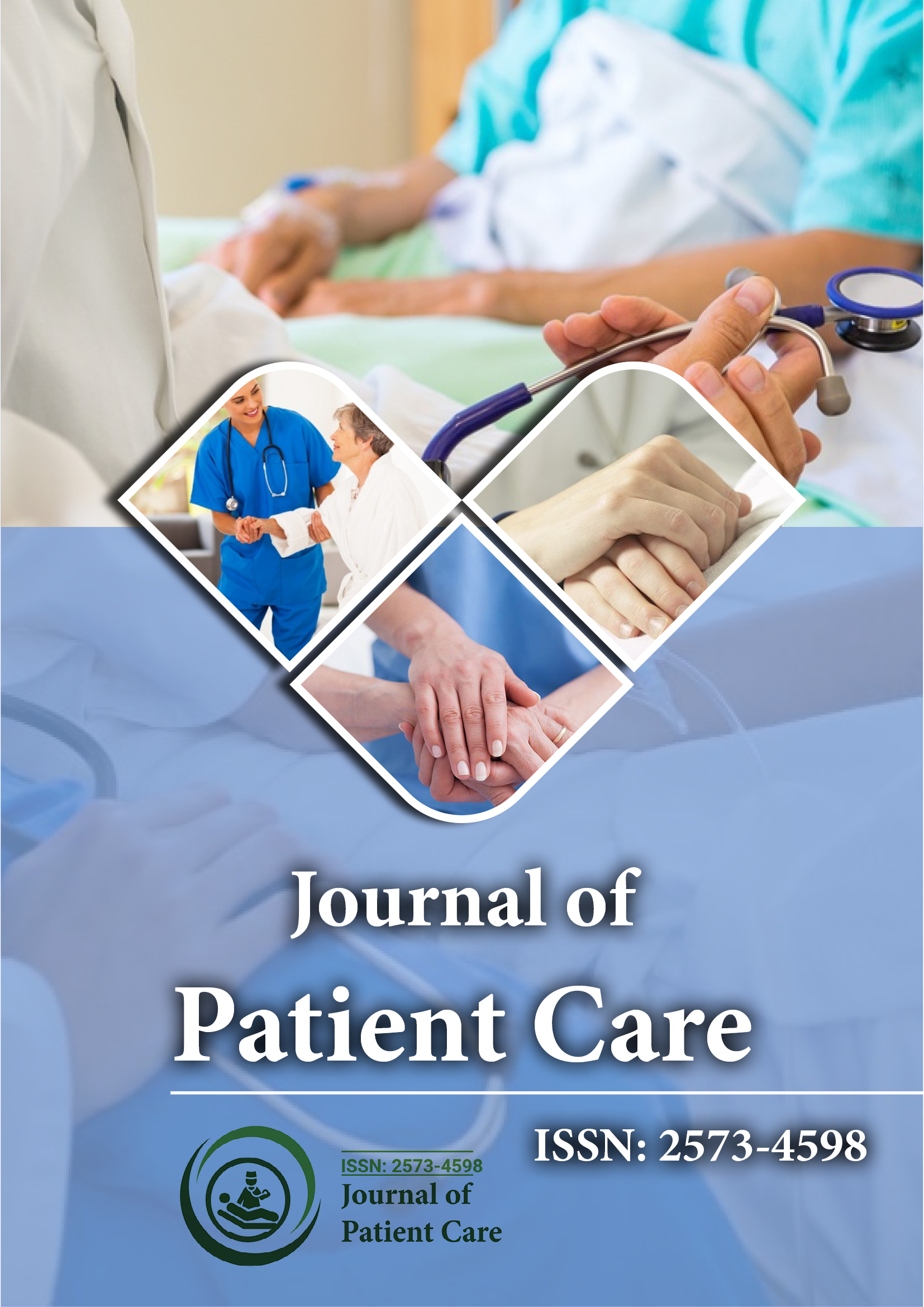Indexed In
- RefSeek
- Hamdard University
- EBSCO A-Z
- Publons
- Geneva Foundation for Medical Education and Research
- Euro Pub
- Google Scholar
Useful Links
Share This Page
Journal Flyer

Open Access Journals
- Agri and Aquaculture
- Biochemistry
- Bioinformatics & Systems Biology
- Business & Management
- Chemistry
- Clinical Sciences
- Engineering
- Food & Nutrition
- General Science
- Genetics & Molecular Biology
- Immunology & Microbiology
- Medical Sciences
- Neuroscience & Psychology
- Nursing & Health Care
- Pharmaceutical Sciences
Perspective - (2022) Volume 8, Issue 1
Causes, Diagnosis and Treatment for COVID- 19
Andrew Rambaut*Received: 28-Dec-2021, Manuscript No. JPC-22-180; Editor assigned: 30-Dec-2021, Pre QC No. JPC-22-180; Reviewed: 14-Jan-2022, QC No. JPC-22-180; Revised: 18-Jan-2022, Manuscript No. JPC-22-180; Published: 25-Jan-2022, DOI: 10.35248/2573-4598.22.8.180
Description
Coronavirus disease (COVID-19) is an infectious disease caused by the SARSCoV2 virus. Most people infected with the virus experience mild to moderate respiratory illness and recover without special treatment. However, some people become seriously ill and need to see a doctor. Elderly people and people with underlying illnesses such as cardiovascular disease, diabetes, chronic respiratory illness, and cancer are more likely to develop serious illness. Anyone can become infected with COVID- 19 and become seriously ill or die of any age.
The best way to prevent and delay infection is to get enough information about the disease and how the virus spreads. To protect from corona virus infection, wear a suitable mask, wash hands frequently, or use an alcohol-based coating, at least 1 meter away from others. The virus can spread from the mouth or nose of an infected person to small particles of liquid when coughing, sneezing, speaking, singing, or breathing. These particles range from larger respiratory droplets to smaller aerosols. It is important to practice breathing etiquette, for example by coughing on a bent elbow. If a person feel unwell, stay at home and quarantine until recover. Swab testing is the most common test method. Look for signs of the virus in the upper respiratory tract. The person doing the test insert cotton swab into the nose and take a sample from the back of the nose and throat. This sample is usually sent to a laboratory looking for viral substances, but in some areas, rapid testing can be done with results in just 15 minutes. If there are signs of a virus, the test is positive. A negative test may mean that the virus was absent or was not sufficient to measure. This can occur early in the infection. It usually takes 24 hours to get results, but there is need to collect, save, and send tests to the lab for processing. The FDA has issued an emergency use authorization for testing. This includes a home nasal swab test that a person can collect himself and mail to the lab for analysis. The agency has also approved some rapid home tests.
These can be purchased at pharmacies, retail stores, or online, but the high demand can make it difficult to find a kit that gives quick results (within minutes). Home exams are also available free of charge from some local health departments or state-certified health centers. The swab test only tells if the virus is in the person’s body at that point. However, a person can also consider antibody testing. This can indicate if a person has been exposed to the virus without symptoms. This is important for officials’ efforts to find out how widespread COVID-19 is. Over time, it may also help them understand who is immune to the virus. The Turkish government has implemented several different containment measures. These included social distance, banning visitors arriving from high-risk areas, quarantine of nationals returning from high-risk areas, and closure of schools and certain types of workplaces. The government announced on March 12 that all schools, including universities, will be closed from March 16. Turkey has taken some steps to limit the movement of people. Citizens over the age of 65, patients with immunodeficiency, chronic lung disease, asthma, COPD, chronic cardiovascular disease, chronic kidney disease, hypertension, chronic liver disease, and users of drugs that disrupt the immune system are at home. Leave it by public transportation. The epidemic of COVID-19 depends on many factors, especially the religious gathering of people who may act as super-spreaders for COVID-19. In the future such gatherings will harm people’s health. The blockade has proven to be a good decision and needs to be further expanded. There are many unknown parameters that can cause great uncertainty in the prediction. Government make further decisions and manage the on-going coronavirus infection. More attention needs to be paid to manage measures such as accelerating test rates, maintaining social distance, and avoiding unnecessary gatherings. Taking all these efforts into account, the severity of COVID-19 can ultimately be controlled at relatively low levels.
Citation: Rambaut A (2022) Short note on COVID-19. J Pat Care.8:180.
Copyright: © 2022 Rambaut A. This is an open-access article distributed under the terms of the Creative Commons Attribution License, which permits unrestricted use, distribution, and reproduction in any medium, provided the original author and source are credited.
